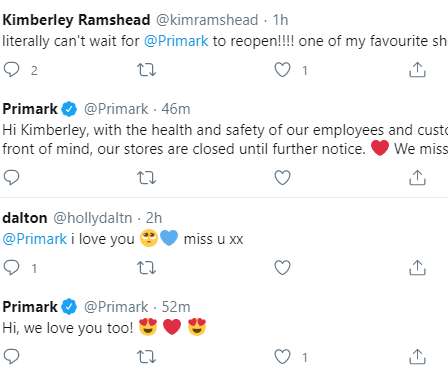GDPR and social media: What marketers need to know
Sprout Social
JUNE 15, 2020
The same rings true for demographic data. Here’s an example from Swatch: This is a small but notable hoop for visitors to jump through, especially if you’re hoping for audiences to take an additional lead generation action like filling out a form once on-page. However, not all consumers are exactly wild about such ads.
















Let's personalize your content